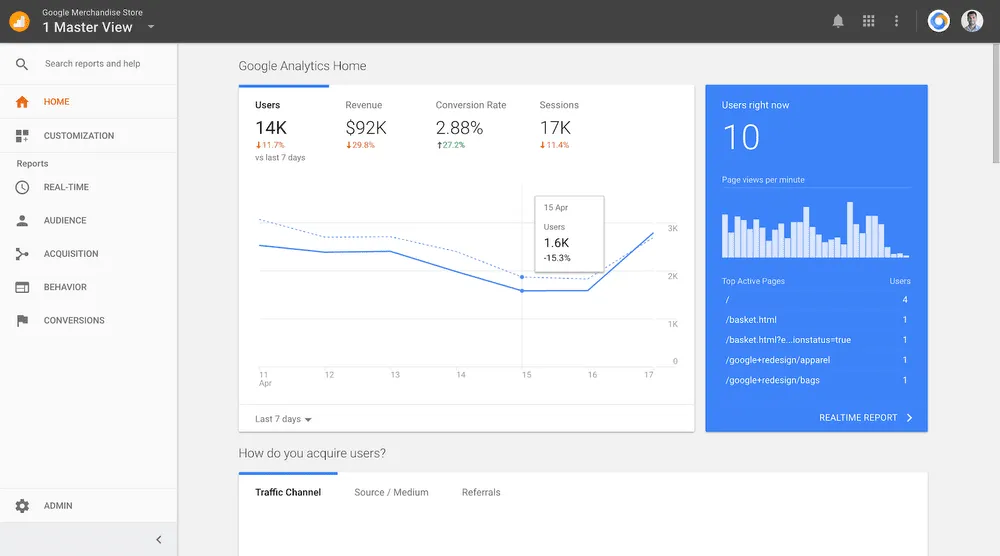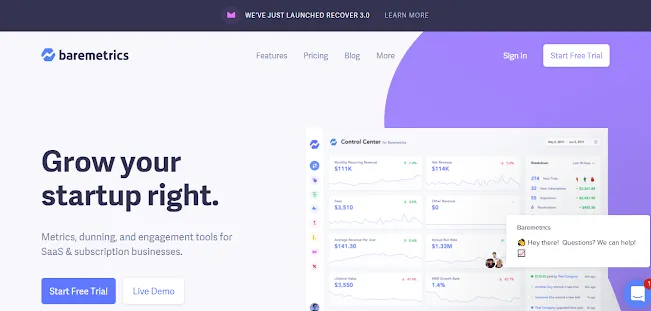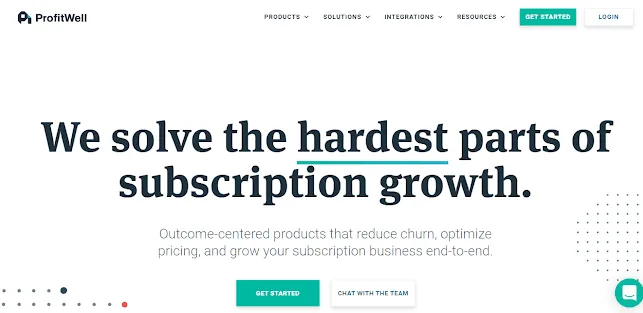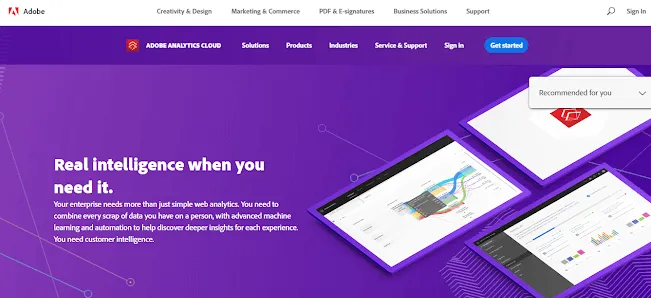Digital Transformation and Digital Adoption
5 Top Analytics Tools

by
Team Userlane
6 years ago ・ 6 min.Table of Contents
Why Streamlined Product Management Is Key to Business Growth
In the United States, jobs in product management (PM) are becoming very popular. In as little as five years, the interest in product manager jobs has doubled, surpassing career options such as a management consultant or investment banker. The Wall Street Journal even called product manager the dream job for MBA graduates. However, what exactly it is that product managers do is often unclear. The short answer would be that a product manager helps businesses create and develop a certain product, but the product manager’s job actually consists of three parts:- Strategy: Figuring out what product the company needs to develop
- Execution: Overseeing the development and successful delivery of the product
- User understanding: Finding out how customers interact with the product and reporting the results
Advantages of Integrating Analytics Tools into Product Management
Integrating analytics tools into product management leads to better decision making and ultimately helps organizations reduce costs and gain more revenue. It all comes down to the answers that analytics tools answer:- Who are your customers?
- What are your customers’ needs?
- How do customers interact with your product?
- What can you do to retain these customers?
Popular (& Powerful) Analytics Tools to Consider
Now that you know why analytics tools play a crucial role in product management, it’s time to have a closer look at the most popular options that product managers love:Google Analytics
You may be familiar with Google Analytics from your digital marketing team, and this was indeed the primary purpose of Google Analytics. Over time, however, Google added more features for product managers so that today this is a robust tool that can help you with valuable insights. Since Analytics is a Google product, it benefits from easy integration with other tools, such as Google AdWords, Google Search Console, and Google Data Console. So, if you already use these, implementation will be seamless. Besides, Google Analytics is already used by an impressive number of users, so if you have any questions or problems with it, you can easily find support online. However, keep in mind that Analytics is only free for up to 5 million monthly immersions. If you get more than that, you’ll have to join the premium program, which is designed for large enterprises.
Baremetrics
Baremetrics is one of the most famous SaaS analytics tools, created specifically for the needs of subscription businesses. If your organization gets a large part of its revenue from subscriptions, you’ll need a tool like this for product management. Baremetrics offers a global dashboard with essential subscription metrics such as refunds, annual recurring revenue, and annual run rate, as well as detailed dashboards for each of these metrics. This tool also gives you customer profiles, so you know who and how interacts with your products, and forecasts for three categories: Future number of customers, estimated recurring revenue based on your current churn rate, and the estimated cash flow for the next year.
ProfitWell
This is another analytics tool geared toward subscription growth. ProfitWell is a free, powerful, data-backed SaaS subscription tool that presents product managers with all the financial metrics they need to understand where they are with their growth plans. In addition to real-time growth updates and customer billion activities, ProfitWell also offers revenue trends and retention trends so that you know where your growth comes from. Thanks to the engagement metrics, you can find out who is going to convert or churn before they do because this tool analyzes usage patterns. ProfitWell can be easily integrated with Stripe, Google Sheets, Zuora, and Recurly.
Adobe Analytics
Adobe Analytics is based on Omniture, a leading web analytics platform released in 1996. According to Forrester Research, it can help achieve an impressive 224% ROI. As one of the most mature products on the market, Adobe Analytics offers a long list of features, plus the possibility to implement custom ones. Although the user experience isn’t the friendliest of all the tools on this list (it caters more to advanced users), working with it becomes second nature once you get passed the learning curve. Adobe Analytics dashboards are easy to set up and you can work with large data sets and export them as Excel spreadsheets.
Insight
Insight is a great business intelligence tool that caters to the needs of organizations of all industries and niches. Insight uses AI to manage huge amounts of data and delivers predictive analytics so that you know the direction in which your business is headed. With Insight, you will be able to identify the weak points in your product management process and address them before they become liabilities. And, because this tool offers real-time insights into customers’ needs, you’ll know what measures to take to add customer value.
Never Underestimate the Power of Good Analytics Tools
The BARC Research and Eckerson Group Study found that in the years to come, 69% of companies will increase their usage of analytics tools. And that’s well-justified as you first have to measure what you want to improve. Although tools like Google Analytics are still heavily relied upon, new tools, which implement the latest technologies, are growing in popularity, too. Automated tech-based solutions are making it easier to build and scale products that translate to increased overall efficiency and productivity. The benefits product managers gain from using analytics tools are immense. Since business is all about data in today’s digital world, insights from analytics help product managers have an edge over other players in the industry. The competitive advantage that a product manager can get could help propel the product and the business to new heights. Further, operational efficiency and cost reduction are also key advantages. This is because analytics tools optimize operations and allow managers to gain in-depth information and insight into the business for planning purposes at lower costs. In today’s highly digitized environment, these are all reasons for product managers to deploy analytics tools in their daily operations. While product managers rely on good analytics tools to manage their workflow, the success of a product relies on how excepytional your user experience is! Download our user onboarding experience guide and discover how to improve your UX and onboarding process today. Visit our knowledge hub for more helpful resourcesNew to Userlane? Take a step in your software adoption journey and join the pool of our happy customers.
Find more in
About the author:
The Userlane team brings you digital adoption insights, product updates, and plenty of onboarding and engagement advice for user-centric businesses.

